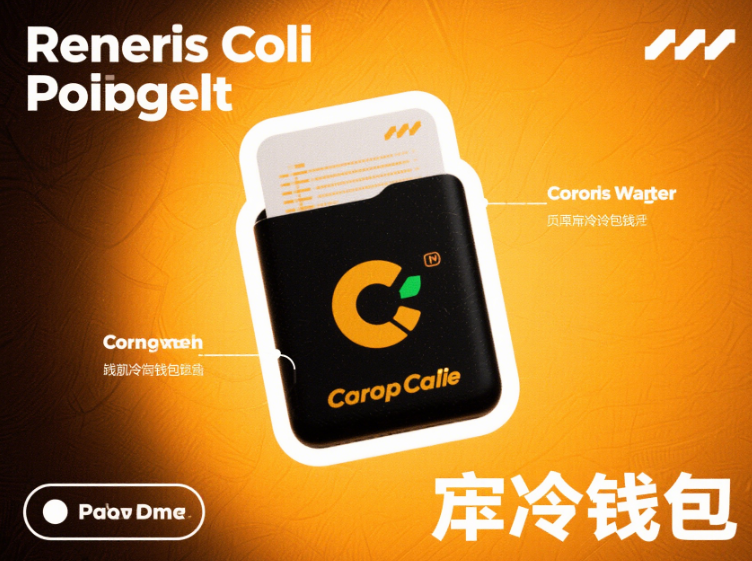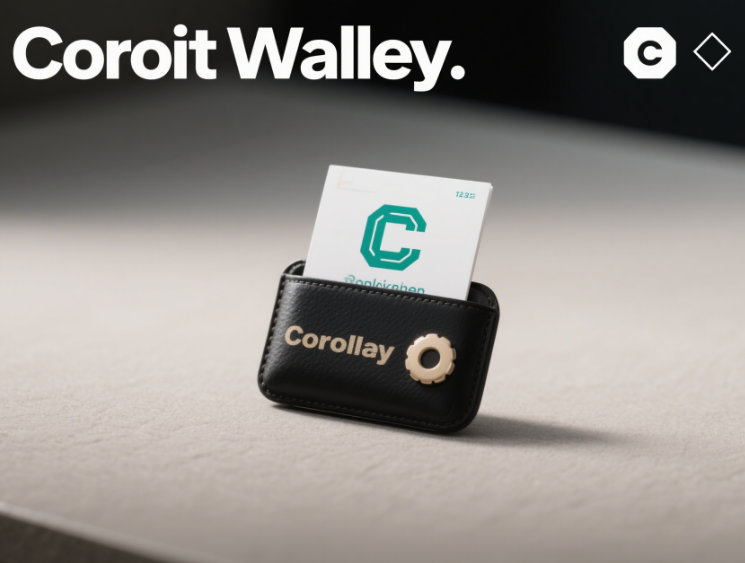With the increasing popularity of Bitcoin and other digital assets, there have been numerous high-profile exchanges being hacked, putting investors' assets at significant risk. Thus, how to effectively safeguard your digital assets has become one of the biggest worries for every investor. Among the various security-enhancement measures, cold wallets are highly regarded as one of the best solutions.
So, what exactly is a cold wallet? How can one configure a cold wallet properly to ensure the security of assets? In this article, we will provide a comprehensive guide on how to set up a cold wallet and share best practices to help you better protect your digital assets.
What is a Cold Wallet?
First, let’s understand what a cold wallet is. A cold wallet is a method of storing cryptocurrencies that is not connected to the internet, and it is often considered the safest way to store digital assets. Unlike hot wallets, which are online and readily accessible for transactions but expose users to hacking risks, cold wallets store assets offline, making it impossible for hackers to access them through the internet.
Cold wallets come in various forms, primarily including:
Hardware Wallets: Devices like Ledger and Trezor specifically designed for securely storing private keys.
Paper Wallets: Print your private key and public address on paper, storing them permanently offline.
Offline Computers: Devices completely disconnected from the internet used to generate and store private keys.

Why Choose a Cold Wallet?
Storing digital assets in a cold wallet is recommended due to several significant advantages:
High Security: Cold wallets are not connected to the internet, which avoids hacking risks.
Long-Term Holding of Digital Assets: They are suitable for long-term investment, as they are unaffected by market fluctuations when offline.
Protection from Human Error: Using a cold wallet means users have complete control over their assets, reducing the risk of operational errors on exchanges.
However, despite their high security, improper configuration and use of cold wallets can also lead to irreversible losses. Therefore, correctly setting up a cold wallet is crucial.
How to Configure a Cold Wallet?
Next, we will guide you step-by-step on how to configure a cold wallet to ensure your assets are secure.
Step 1: Choose the Right Cold Wallet
Hardware Wallets: If you are a beginner, it’s recommended to use a hardware wallet since they are user-friendly and offer high levels of security. Popular models include the Ledger Nano S, Ledger Nano X, and Trezor, each with its distinct features—choose one that suits your needs.
Paper Wallets: A paper wallet can be a good option for some users, but the process for generating one can be complex, requiring you to ensure complete offline operation to prevent private key exposure.
Offline Computers: If you have some technical knowledge, you might consider using an old computer that is no longer connected to the internet to generate and store a private key.
Step 2: Generate the Wallet
For Hardware Wallets:
Purchase the Hardware Wallet: Ensure you buy from official channels or trusted vendors.
Follow the Setup Instructions: Open the device, install the associated application, and follow the prompts to complete the initialization.
Backup Your Recovery Phrase: During setup, you will receive a recovery phrase—make sure to save it securely, ideally written down and stored in a safe location.

For Paper Wallets:
Use Trusted Tools: Look for reliable paper wallet generators, such as Bitaddress.org. However, ensure that your computer is completely offline before generating the wallet.
Create the Paper Wallet: Once generated, print or write down the private and public keys, and store them safely.
For Offline Computers:
Prepare an Old Computer: Ensure it has never been connected to the internet.
Download Wallet Software: Download wallet software (such as Bitcoin Core or Electrum) on this computer, preferably verifying its integrity before downloading.
Install and Generate the Wallet: Install the wallet software and follow the instructions to generate a new wallet address and private key.
Step 3: Transfer Assets
Use your exchange account to transfer digital assets to the cold wallet address you've just generated. During the transfer, double-check the receiving address to ensure it is correct.
For hardware wallets, you'll need to connect the device to a computer and enter your PIN to verify your identity before transferring; for paper wallets and offline computers, you can operate on any internet-connected device.
Step 4: Safe Storage
Physical Security: Whether it's a paper wallet or a hardware wallet, ensure it's stored in a safe place, protected from disasters like fire or flood.
Multiple Backups: It's advisable to create multiple backups, such as separating your recovery phrase and private keys and storing them in different locations.
Step 5: Regular Checks
Though cold wallets do not require frequent use, periodic checks are still necessary. Check for software updates, ensure the integrity of your recovery phrase, and monitor for any suspicious activities.

Best Practices for Cold Wallets
When configuring cold wallets, it’s important to adhere to some best practices:
Do Not Trust Online Information Blindly: Because there are many phishing websites and fake tools out there, always verify the reliability of information sources.
Use Strong Passwords: Even for cold wallets, make sure to secure devices or related software with a strong password.
Regularly Update Hardware Wallets: All hardware wallet manufacturers will release firmware updates to enhance security; regularly check and update firmware.
Securely Log Off from Computers and Software: After use, ensure that the computer and related software are completely shut down, leaving no security risks.
Conclusion
At present, cold wallets are undoubtedly one of the best methods for protecting Bitcoin and other cryptocurrency assets. By properly configuring a cold wallet, you can isolate your digital assets from online risks and minimize the likelihood of theft.
This article provides a comprehensive guide for choosing, setting up, and safely storing your cold wallet. We hope it helps you manage your assets safely in the challenging world of cryptocurrencies, ensuring a smoother investment journey in the future. Remember, security first! Protecting your assets is crucial to securing your wealth in this digital currency revolution.
















No comments yet